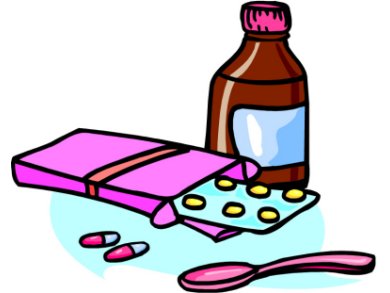Structure elucidation from NMR experiments is possible for all types of molecules, ranging from small organic molecules to very large biomolecules like proteins and nucleic acids. The possibility to analyze the structures of these biomolecules gives rise to many NMR applications in biochemical, medical, and pharmaceutical sciences. Since the late 1990s, NMR experiments are for example used in drug design approaches.
Drugs, usually small organic molecules, often bind to proteins, damaging the protein’s biological functionality. The drug-protein-binding relies on specific interactions between functional groups of the protein and the drug in its bioactive conformation, which is the conformation that the drug takes on upon protein-binding. To improve the drug’s protein-binding and thereby its efficiency, it is very important to analyze its bioactive conformation and those interactions with the protein that are essential for protein-binding.
The saturation transfer difference (STD)-NMR experiment helps to identify drug protons and functional groups involved in these essential drug-protein-interactions. The protein’s protons are saturated by irradiating the protein with radio waves of high intensity. The saturation can be transferred to the drug protons. However, only drug protons that are spatially very close to the protein can take up energy from the protein’s protons. This leads to high-intensity signals of the drug protons close to the protein’s surface. Remote drug protons show peaks of low intensity in the STD-NMR-spectrum. It is assumed that the drug’s functional groups containing deeply buried protons participate in essential interactions with the protein while those functional groups in great distance to the protein are only of minor importance for protein binding.
Hence, the experiment can bring about conclusions about which functional groups and interactions of a drug are dominant for its efficiency. In order to optimize a drug, the functional groups, which turned out to be involved in the interactions with the protein, have to be modified.
The experiment can be easily carried out in an undergraduate laboratory course and can even be combined with an organic synthesis. It emphasizes the importance and possibilities of modern nuclear magnetic resonance techniques and constitutes an introduction to the large field of drug design.
- An Introduction to Drug Discovery by Probing Protein–Substrate Interactions Using Saturation Transfer Difference-Nuclear Magnetic Resonance (STD-NMR),
J.-P. Guégan, R. Daniellou,
J. Chem. Educ. 2012, 89 (8), 1071–1073.
DOI: 10.1021/ed100612k



